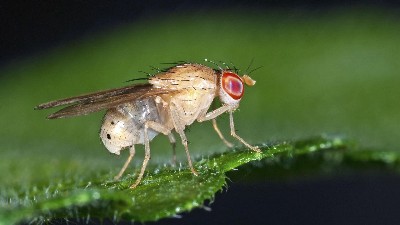Panama’s Biological census using flies

Panama has successfully carried out a Biological census (a county of the species that inhabit a habitat) using flies.
Panama has successfully carried out a Biological census (a county of the species that inhabit a habitat) using flies.
By analyzing the contents of the stomach of a fly, scientists are gaining an idea of the number of mammal species that inhabit Barro Colorado. This novel technique, used to count the species that inhabit the forest, was applied for the first time in Panama.
In Barro Colorado, scientists have managed to identify the presence of 20 species, which surpassed those obtained by traditional counting methods such as hidden chambers (17 species captured) and transects of data through field trips (13 species registered).
The howler monkey, shaggy opossum, red-tailed squirrel, kinkajú, collared peccary, ocelot and coyote were among the 20 species tracked by fly census on Barro Colorado.
How does it work?
Scientists use a process called metabarcoding. However, the process begins in the field with the capture of flies. Once the flies are captured, the matter is extracted from their stomachs. This matter, rich in feces from other animals, is analyzed with high-tech equipment to isolate, read and store DNA codes. - metabarcoding. The different DNA samples carried in the stomachs of the flies are then identified and compared to the Barro Colorado species database to compile the exact list of mammals resident in the area, explains the Torrey Rodgers scientist at the Institute Smithsonian Tropical Research.
The study of DNA by flies is presented as a more comprehensive alternative, to hidden cameras or field trips, says Rodgers, adding that other scientists are using the technique in Malaysia, China, Germany and several countries in Africa.
Species census by scavenger scavenging is a very effective tool for studying mammalian communities, says scientist Torrey Rodgers of the Smithsonian Tropical Research Institute.
This "survey" works to measure how numbers of animals change from year to year or season to season, says Rodgers, a research associate with the Department of Forest Resources at Utah State University.
Another application of this technique continues the scientist, is to provide real data on the actual effectiveness of protected areas for different species.
Trending Tags
